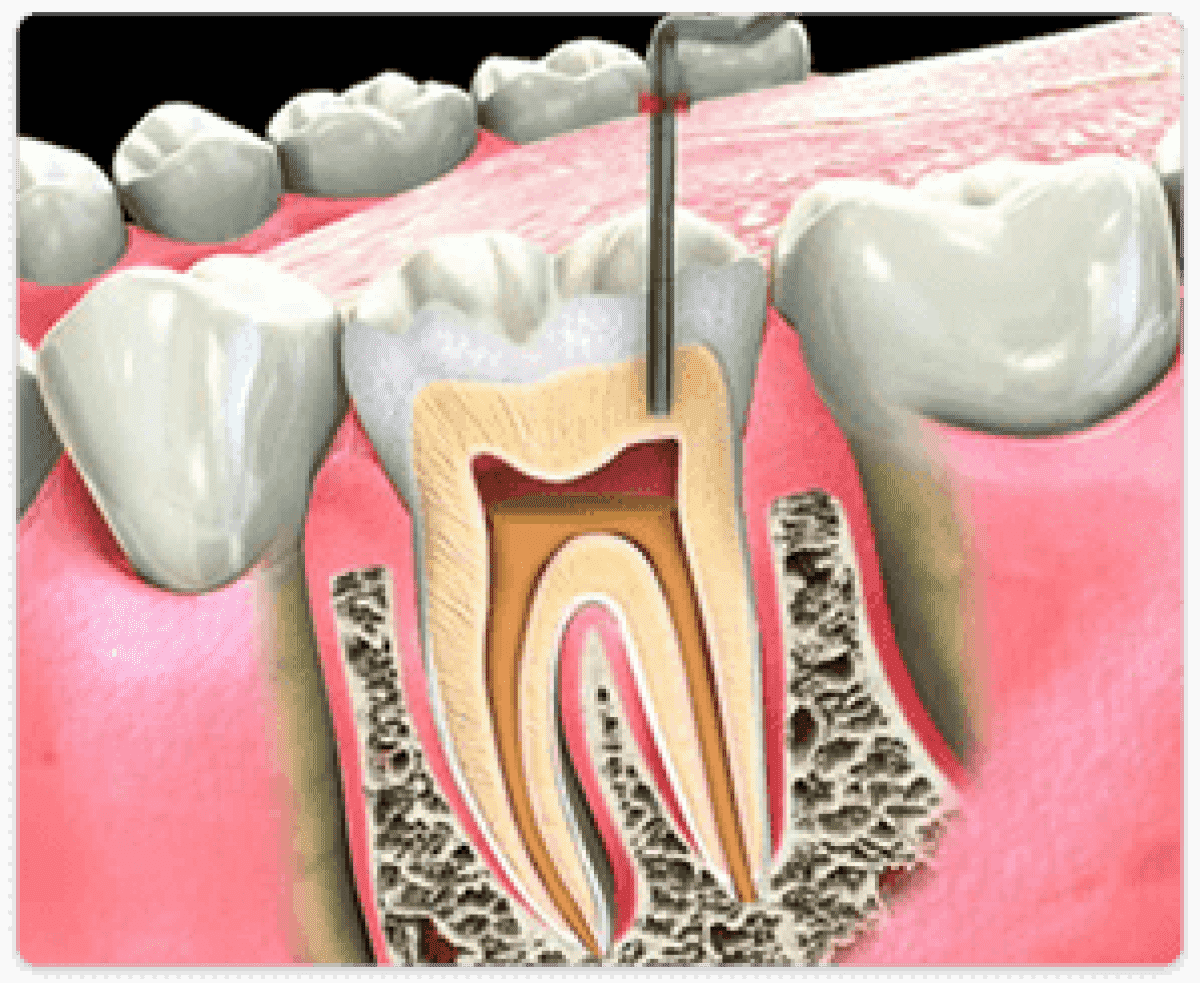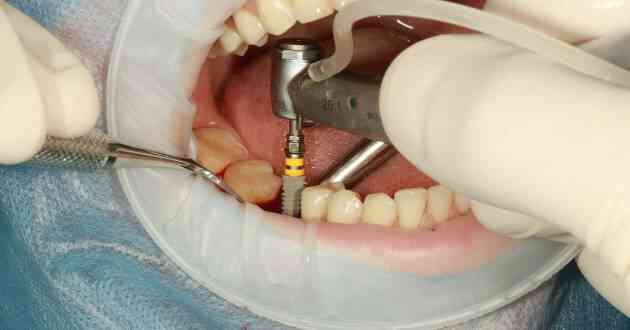Root Canal Treatment: Understanding The Procedure And Benefits
- - Category: Dental Care
- - 29 Apr, 2023
- - Views: 133
- Save

Root canal treatment is necessary when oral hygiene is ignored. Learn how the best Sonicare toothbrush will help.
Root canal treatment, also known as endodontic treatment, is a dental procedure that involves removing the infected or damaged pulp of a tooth to save it from extraction. This procedure is necessary when the pulp, which contains nerves and blood vessels, becomes infected due to decay, trauma, or a crack in the tooth.
It is often the result of not maintaining proper dental hygiene or brushing your teeth regularly. By using the best Sonicare toothbrush and ensuring good oral health, you can avoid the need for root canal treatment itself.
While the idea of root canal treatment can be daunting, it is a common and effective way to save a damaged tooth and alleviate pain. In this article, we will discuss the procedure, benefits, and aftercare of root canal treatment.
Procedure
Root canal treatment typically requires one or more visits to the dentist or endodontist, a dental specialist who focuses on root canal procedures. Here are the steps involved in the procedure:
Diagnosis: Before the procedure, the dentist will examine the tooth and take X-rays to determine the extent of the damage and the location of the infection.
Anesthesia: Local anesthesia will be administered to numb the area around the affected tooth. In some cases, the dentist may also offer sedation to help the patient relax.
Accessing the pulp: The dentist will create an opening in the crown of the tooth to access the infected or damaged pulp.
Cleaning and shaping the root canals: The dentist will use small instruments to remove the infected or damaged pulp and clean and shape the root canals.
Filling the root canals: Once the canals are cleaned and shaped, the dentist will fill them with a rubber-like material called gutta-percha to seal them.
Restoring the tooth: In most cases, a dental crown or filling will be placed on the tooth to restore its function and appearance.
Benefits
Root canal treatment offers several benefits, including:
Pain relief: The procedure is designed to alleviate pain caused by an infected or damaged tooth.
Preservation of the natural tooth: Root canal treatment is a way to save a damaged tooth and avoid extraction.
Improved oral health: By removing the infected or damaged pulp, root canal treatment helps prevent further infection and decay.
Cost-effective: Root canal treatment is often less expensive than tooth extraction followed by a replacement option such as an implant or bridge.
Aftercare
After the procedure, the dentist will provide instructions on how to care for the treated tooth. Here are some general tips:
Practice good oral hygiene: Brush twice a day, floss daily, and use an antiseptic mouthwash.
Avoid hard or sticky foods: For the first few days after the procedure, avoid hard or sticky foods that may damage the tooth or filling.
Take pain medication as directed: Over-the-counter pain relievers may help alleviate any discomfort after the procedure.
Follow-up with your dentist: Be sure to schedule a follow-up appointment with your dentist to monitor the healing process and check the restoration.
Conclusion
Root canal treatment is a safe and effective way to save a damaged tooth and alleviate pain. While the procedure may seem daunting, it offers several benefits, including pain relief, preservation of the natural tooth, improved oral health, and cost-effectiveness. If you suspect you may need root canal treatment, consult with your dentist or endodontist to determine the best course of action.


